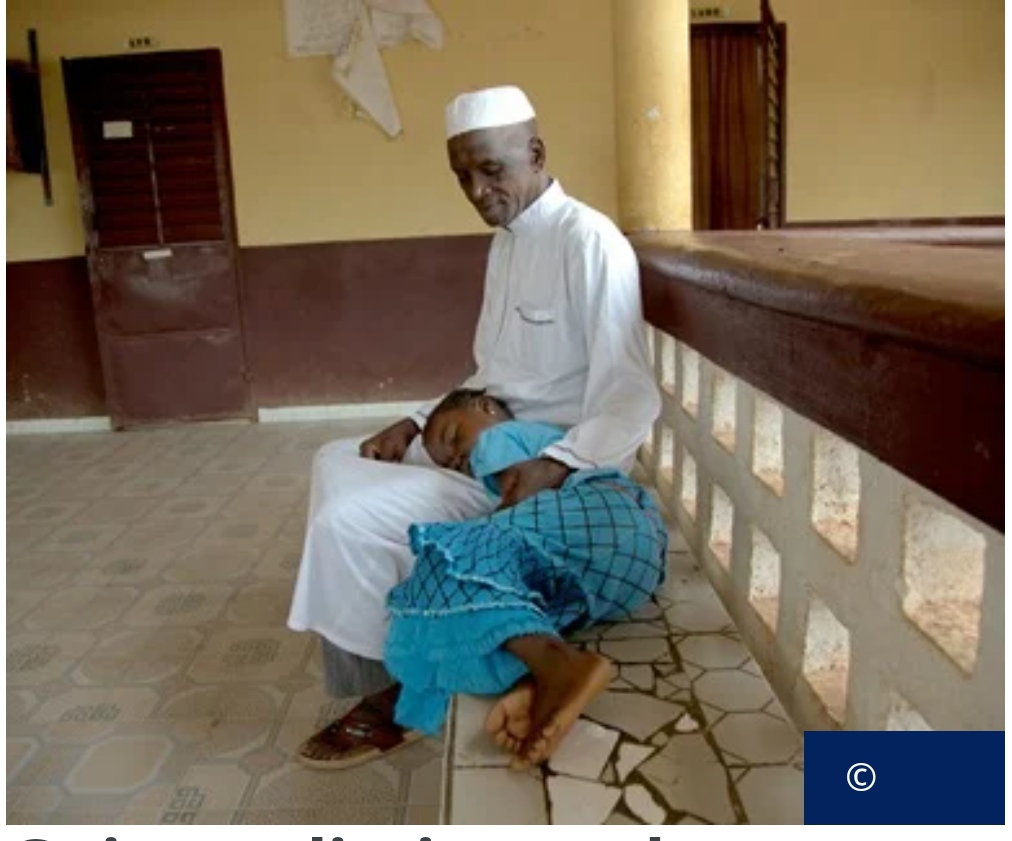Guinea Eliminates Gambiense Form of Human African Trypanosomiasis as Public Health Problem, Marks Major Milestone in Fight Against Neglected Tropical Diseases.
Conakry, Guinea:
The World Health Organization (WHO) has officially congratulated Guinea for eliminating the gambiense form of human African trypanosomiasis (HAT), also known as sleeping sickness, as a public health problem. This achievement, announced just ahead of World Neglected Tropical Diseases Day on January 30, marks a significant step forward in the global fight against neglected tropical diseases (NTDs), with Guinea becoming the first country to eliminate this form of the disease.
The gambiense form of human African trypanosomiasis is the most common type of the disease found in Guinea, and its elimination represents a major public health milestone. Dr. Tedros Adhanom Ghebreyesus, WHO Director-General, hailed the announcement, calling it “a testament to the global progress against neglected tropical diseases and a beacon of hope for nations still battling human African trypanosomiasis.”
Human African trypanosomiasis is a vector-borne disease caused by the Trypanosoma parasite, transmitted through the bite of infected tsetse flies. The disease progresses in stages, with initial symptoms including fever, headaches, and joint pain. As it advances, neurological symptoms like confusion, sleep disturbances, and behavioral changes may occur, often leading to coma and death if untreated.
A Long Road to Elimination.
Efforts to eliminate the gambiense form of HAT in Guinea began in earnest in the early 2000s, when the Ministry of Health and Public Hygiene launched the National Programme for the Control of HAT in 2002. Supported by the WHO, the Institut de Recherche pour le Développement (IRD), and other key partners such as the Drugs for Neglected Diseases initiative and the Institut Pasteur de Guinée, the program focused on mass screenings to diagnose and treat the disease at an early stage.
In 2012, vector control measures were introduced, particularly in Guinea’s Boffa-East region, to reduce human contact with tsetse flies. This strategy was expanded nationwide by 2016, with nearly 15,000 impregnated mini-screens deployed annually to attract and kill the flies, effectively interrupting their transmission cycle.
However, Guinea’s efforts faced numerous challenges, including setbacks caused by the Ebola outbreak between 2013 and 2015 and the COVID-19 pandemic in 2020. The Ebola crisis disrupted medical activities, leading to a temporary resurgence of HAT cases. In response, the program adapted by conducting door-to-door screenings to maintain control over the disease despite the ongoing pandemic.
Community Support and Collaboration
The success of the elimination effort can be attributed to strong collaboration between Guinea’s government, local communities, health workers, and international partners. Dr. Oumar Diouhé BAH, Guinea’s Minister of Health and Public Hygiene, acknowledged the collective effort, stating, “The elimination of sleeping sickness is the result of many years of effort by the Guinean government, its partners, and communities.”
Dr. Matshidiso Moeti, WHO Regional Director for Africa, also praised the achievement, noting that the elimination of human African trypanosomiasis will allow vulnerable families and communities to live free from the threat of the potentially fatal disease. “I congratulate the government, health workers, partners, and communities for this crucial milestone,” Dr. Moeti said.
Global Progress in Eliminating HAT
Guinea joins a growing list of countries that have successfully eliminated the gambiense form of HAT as a public health problem. Since 2020, several other nations, including Togo, Benin, Côte d’Ivoire, Uganda, Equatorial Guinea, Ghana, and Chad, have also achieved similar success. In addition, Rwanda became the first country to eliminate the rhodesiense form of the disease in 2022.
This global momentum is part of the broader effort to tackle neglected tropical diseases across Africa, with the WHO continuing to support countries in their quest to eliminate HAT and other NTDs.
In conclusion, Guinea’s achievement marks an important milestone in the fight against neglected tropical diseases. As the country celebrates this success, it serves as a powerful example of how concerted efforts, strategic investments, and community involvement can lead to the elimination of diseases that once posed significant public health threats.




